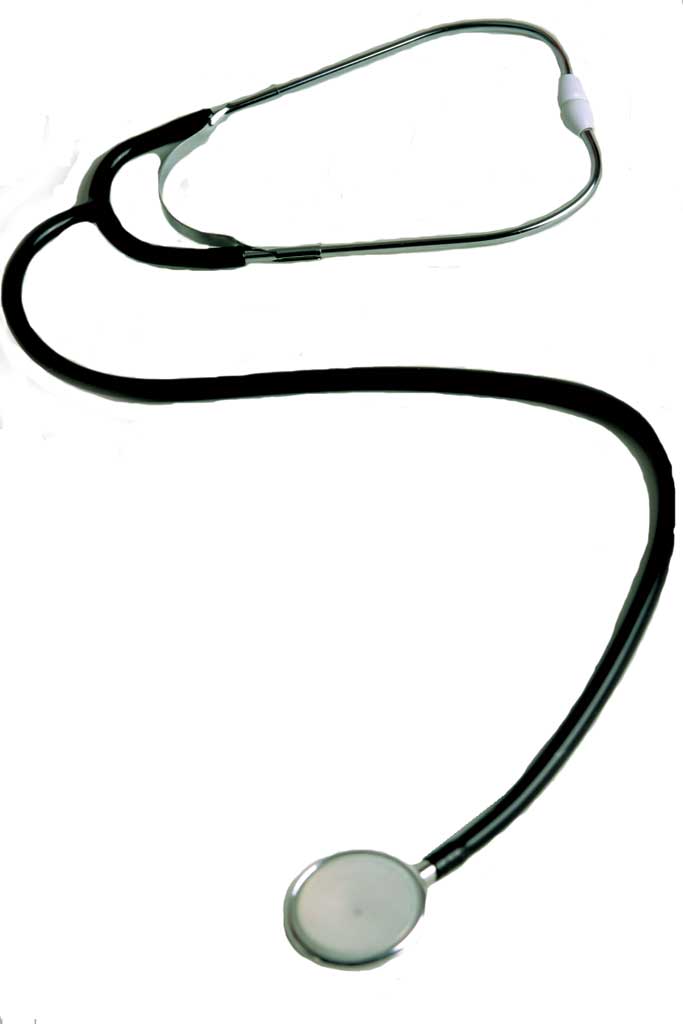Men in the United States have a shorter life expectancy than women.
According to the U.S. Department of Health, men are expected on average to live to age of 76, which is five years less than 81-year-old average age for women.
This statistic highlights the importance of men’s health and the benefits of a healthy active lifestyle.
“I think it is important for everybody to have physical activity as a part of their lives,” said Dr. Peter Murphy, a primary care physician with Capital Health in Washington Crossing, Pa. “Back in 2014, the U.S. Surgeon General said that physical activity is the number one public health issue in this country. Physical activity can help with high blood pressure, high cholesterol and obesity. It can help patients and men help treat themselves.”
Around 57% of men actually meet the recommended physical activity guidelines, according to the Centers for Disease Control and Prevention.
Murphy tends to see a lot of active patients.
“I see a bit more of chronic injuries comparatively speaking and see a number of acute injuries too, such as ankle sprains,” he said.
He integrates a sports medicine regimen into his patient’s primary care management.
“With my additional training in sports medicine, it allows me to treat those patients without an immediate orthopedic surgical need and begin treatment here. When it comes to prevention, it allows me to provide even further information regarding how to incorporate activity into their lives and discuss the many benefits of it for their conditions and life,” Murphy said. “It is not going to be able to treat every condition exclusively, but can help a whole lot of them.”
For Murphy, he said nutrition plays a role when it comes to a healthy active lifestyle for men.
“It is still difficult to find the perfect diet, because there are so many different diet strategies that pop up with incomplete evidence to fully support them. Overall, trying to eat a healthy diet – as loaded as the statement is – you see the effects of having more natural foods rather than over processed sugary snacks,” Murphy said.
According to the U.S. Department of Health and Human Services, a poor diet is associated with major health risks that can cause illness and even death for people at a healthy weight.
Officials said the risk factors for adult chronic diseases, like hypertension and type 2 diabetes, are increasingly seen in younger ages, often a result of unhealthy eating habits and increased weight gain.
Men face a variety of health conditions and diseases that include heart disease, diabetes, cancer and osteoporosis. However, officials state that many of these conditions and diseases can be treated or prevented.
“Staying active and exercising help keep the heart rate up and have shown to be very beneficial for a multitude of things; number one is overall health,” said Dr. Jason Kirkbride, a sports medicine physician at the Princeton Spine and Joint Center. “A whole lot of risks are reduced with regular physical activity and exercise. There are also a lot of physiological benefits to activity with depression and anxiety.”
He said aerobic activity, strength and training have been shown to decrease the risk of cancer.
“Most recommendations point to 30 minutes a day of moderate exercise and doing that at least five days a week. If you can do six days that would be even better,” Kirkbride said. “More intense workouts can help but also increase the injury risk if you are not accustomed to that level of intensity.”
He said that men listening to their bodies and symptoms is very important and often overlooked.
“If symptoms are not getting better in a day or two and you are still keeping up with your activity, it might be worth getting checked out,” Kirkbride said.
Kirkbride explained that he has seen a trend of more patients taking ownership of their health and being more aware of their body.
Officials suggest that men should visit the doctor for regular exams and prevention as they seek to live a healthier lifestyle.

